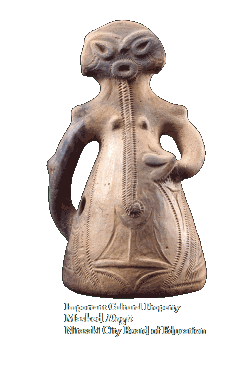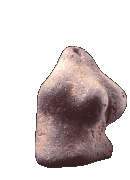
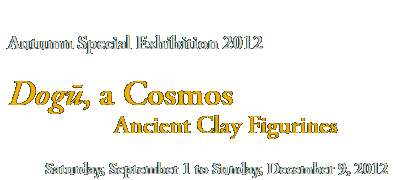

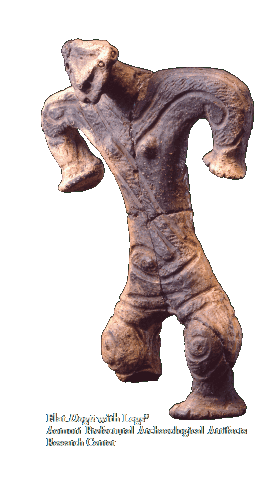


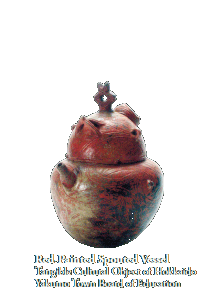
It is generally thought that the Japanese first started building and living in houses in the Jōmon period, approximately 15,000 years ago. Until then, they had to roam the land in search of food every day and could only possess what they could carry on themselves. This most likely meant that they had to get rid of anything that was not useful to them.
All this completely changed once houses came to be built and lived in. Several reasons for this change can be imagined. One reason may have been due to a natural increase in food supply as the climate grew warmer. Another is the invention of earthenware. Earthenware vessels were the first utensil that could hold water and be placed on a fire. By cooking food, many things changed into provisions and people could live without moving from place to place.
All this completely changed once houses came to be built and lived in. Several reasons for this change can be imagined. One reason may have been due to a natural increase in food supply as the climate grew warmer. Another is the invention of earthenware. Earthenware vessels were the first utensil that could hold water and be placed on a fire. By cooking food, many things changed into provisions and people could live without moving from place to place.
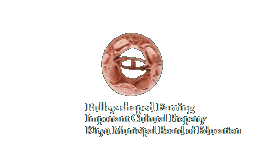
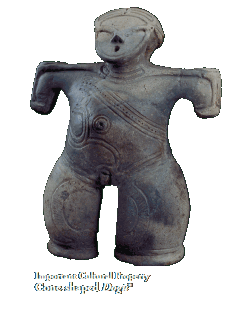
People began building houses, allowing for various tools and
implements to be kept. Here, we begin to see definite traces of
Jōmon culture. It is said that the Japanese were highly likely to
have been the first people who made pottery in the world.
Now,around the time the Jōmon period (ca. 10,500–ca. 300 BC), among the people who lived in present-day Shiga and Mie prefectures or in the Kanto region, there were those who made dolls out of clay. They may also have made them from wood and grass, however, none of these survived from over ten thousand years ago. What remains are the clay made dolls out of preest grasses the Jōmon period, the dogū. The early dogū at the onset of the Jōmon period had surprisingly nice physiques. Could such voluptuous a woman have existed? The figurine (p. 6, top) is without a head, arms, legs, and lower half. It is also astonishingly small, so small that it can be hidden away in your hand like a precious jewel.
Some thousands of years later, these figurines came to have heads and arms and legs. Though, what strange faces they have. Many do not look like faces at all. One may wonder if the Jōmon people were not good in handling clay. However, this was not the case as we can see in the amazing vessels they produced. The Jōmon people were fully knowledgeable about clay and how to fire it so they could not have been unskilled rather they must have intentionally made these mysterious faces and bodies.
Now,around the time the Jōmon period (ca. 10,500–ca. 300 BC), among the people who lived in present-day Shiga and Mie prefectures or in the Kanto region, there were those who made dolls out of clay. They may also have made them from wood and grass, however, none of these survived from over ten thousand years ago. What remains are the clay made dolls out of preest grasses the Jōmon period, the dogū. The early dogū at the onset of the Jōmon period had surprisingly nice physiques. Could such voluptuous a woman have existed? The figurine (p. 6, top) is without a head, arms, legs, and lower half. It is also astonishingly small, so small that it can be hidden away in your hand like a precious jewel.
Some thousands of years later, these figurines came to have heads and arms and legs. Though, what strange faces they have. Many do not look like faces at all. One may wonder if the Jōmon people were not good in handling clay. However, this was not the case as we can see in the amazing vessels they produced. The Jōmon people were fully knowledgeable about clay and how to fire it so they could not have been unskilled rather they must have intentionally made these mysterious faces and bodies.
